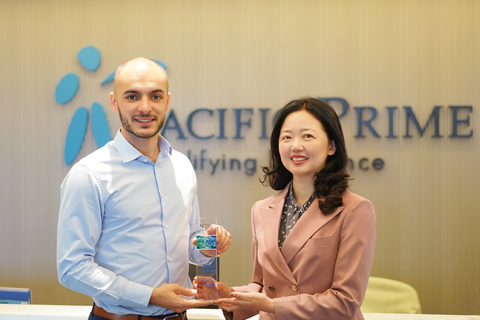Cracking the Code: How Your First 90 Days Can Make or Break Business Transformation

Mastering the Critical First 90 Days of Organizational Transformation
In the high-stakes world of organizational change, the initial three months are pivotal. These first 90 days are the make-or-break period that determines whether your transformation will gain powerful momentum or become bogged down by resistance and skepticism.
Successful leaders understand that strategic transformation is not just about implementing new systems or processes—it's about winning hearts and minds. By focusing on three critical elements, organizations can dramatically increase their chances of successful change:
- Visible Progress: Create clear, tangible milestones that demonstrate immediate impact and build confidence
- Human-Centered Adoption: Prioritize employee experience and engagement throughout the transition
- Structured Onboarding: Design a comprehensive, supportive pathway that helps team members navigate and embrace change
These strategic approaches not only smooth the transformation journey but also lay the groundwork for sustainable return on investment. By investing thoughtfully in these initial weeks, leaders can transform potential resistance into enthusiastic collaboration and meaningful organizational growth.








